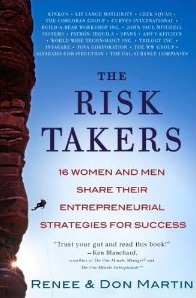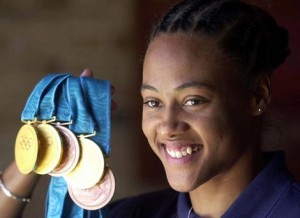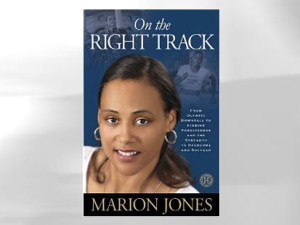BHM Entrepreneurs: Free Frank (1777-1854)—Manufacturer

That Free Frank survived for seventy-seven years the bitter hardships, the disappointments, the limitation imposed on his life by a society that operated continuously and perniciously to defeat his efforts, attests to the strength and indomitable will of this black man in his determination to buy his family from slavery. By 1857, while over forty years had passed since Free Frank purchases Lucy, in 1817, this black pioneer had succeeded. Four generations of his family had been purchased from slavery. (page 163)
Free Frank was born a slave in 1777, the year after the Declaration of Independence. His mother was born free in West Africa. At age 18, his owner (likely his father) moved him to Kentucky to clear and farm a homestead.
Life on the frontier was often brutish and fraught with danger. Within those harsh surroundings Frank met and married Lucy, another slave. Because of the distance between their owners, Free Frank and Lucy would not live together for almost 20 years. They were still too close for either to run away.
Frank’s owner left the county in 1810. This was a most opportune time. Between 1810 and 1812 the price of saltpeter (a critical input for gunpowder) increased 6-fold because of the War of 1812. Frank lacked access to the tools used by other more sophisticated manufacturers. He nonetheless exploited the low barriers to entry, his own industriousness and deep knowledge of the county to earn the $1600 (about $30,000 in today’s money) needed to buy both Lucy’s freedom in 1817 and his own in 1819. It is likely that Frank also paid his owner an additional $1,200 in fees over this period for the right to his own labor.
Over the course of his life, Frank would buy the freedom of another 13 relatives for the equivalent of $341,000 in today’s money. He would leverage the frenzy around the Illinois-Michigan canal to become the first black man to found a frontier town and protected these accomplishments by demanding the right to legally sue.
By any measure, Free Frank exemplified resilience in the face of the challenges of life as a slave in the South and as a free man in Illinois.
In honor of Black History Month, our regular Tuesday and Friday posts will highlight black entrepreneurs who have displayed exemplary resilience.



